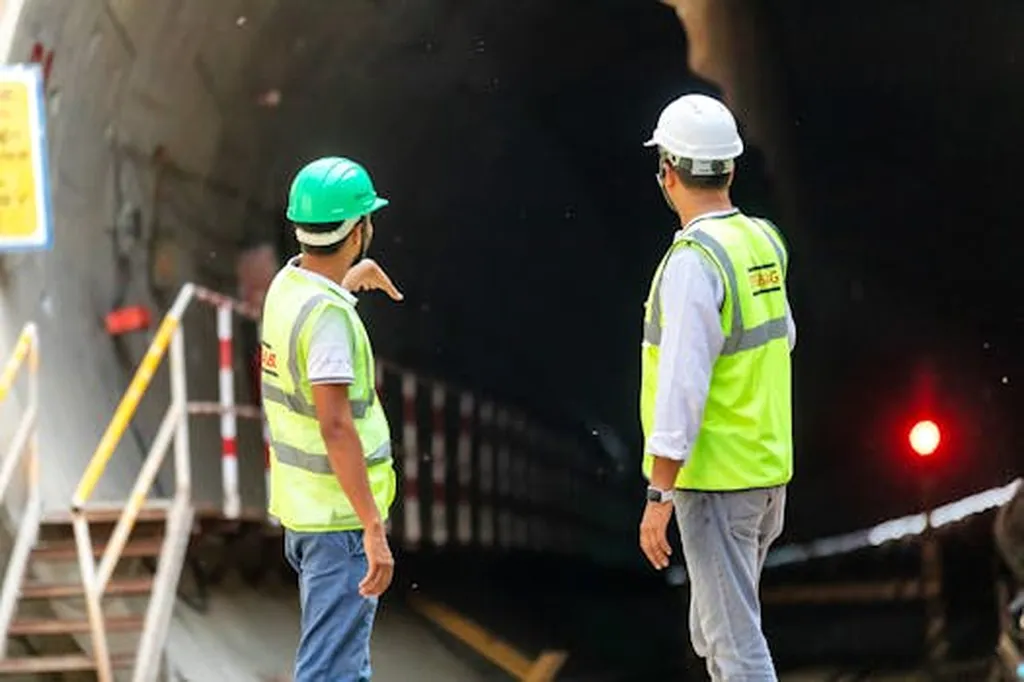In the realm of infrastructure and construction, the integrity of prestressing wedges is paramount. These components are critical in bridge and road construction, yet flaws in their threads can lead to severe safety hazards, costly maintenance, and construction delays. Traditionally, manual inspections have been the norm, but they are labor-intensive and inconsistent, especially under variable lighting and complex surface conditions. A recent study published in *Sensors* aims to revolutionize this process with a lightweight computational framework that promises to enhance the efficiency and robustness of prestress wedge flaw detection.
The research, led by Qingyu Yao from the Faculty of Engineering at Huanghe Science and Technology University in Zhengzhou, China, introduces the FasterNET-YOLOv5 framework. This innovative approach achieves a detection precision of 96.3%, a recall of 96.2, and a mean average precision ([email protected]) of 96.5. Notably, it operates 18% faster than existing methods, making it suitable for real-time industrial inspection on portable or embedded devices.
“The framework’s speed and accuracy make it ideal for deployment in various industrial settings, including agriculture, where infrastructure integrity is crucial,” Yao explains. The study also provides practical guidance for workshop inspection conditions, confirming that a white lighting background offers the most balanced performance for detecting incomplete thread and scratch defects.
One of the most compelling aspects of this research is its potential to bridge deep learning-based flaw detection with engineering-grade reliability. The study exploits a mechanical model-based inverse method to link machine vision detections, demonstrating the broader applicability of the framework for 3D surface inspection tasks in threaded, machined, and curved components. This could significantly enhance automated and cost-effective quality control in various industries, including agriculture.
The implications for the agriculture sector are particularly noteworthy. Agricultural infrastructure, such as irrigation systems and storage facilities, often relies on prestressing components. Ensuring the integrity of these components can prevent costly failures and maintenance, ultimately improving operational efficiency and safety. The FasterNET-YOLOv5 framework could be a game-changer in this regard, providing a reliable and efficient means of detecting flaws before they escalate into major issues.
As the agricultural industry continues to embrace technological advancements, the adoption of such computational frameworks could become increasingly common. The research not only addresses immediate inspection needs but also paves the way for future developments in automated quality control. By integrating deep learning with engineering reliability, this study sets a new standard for industrial inspections, offering a glimpse into a future where technology and engineering converge to enhance safety and efficiency across various sectors.
In the words of Yao, “This research contributes to computational inspection systems by bridging deep learning-based flaw detection with engineering-grade reliability and deployment feasibility.” As the agricultural sector continues to evolve, the adoption of such innovative technologies will be crucial in maintaining infrastructure integrity and ensuring operational excellence.

